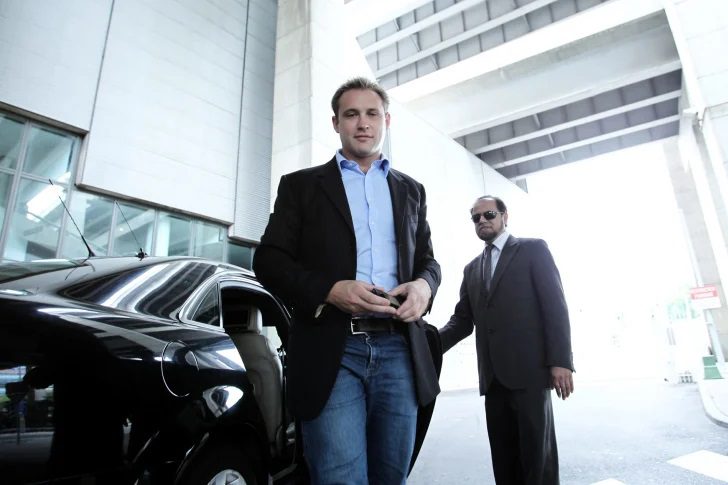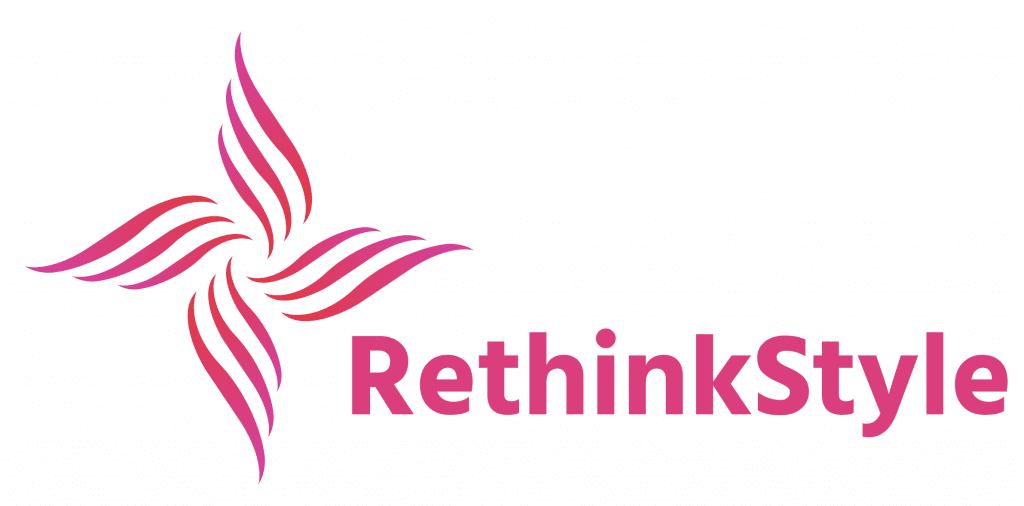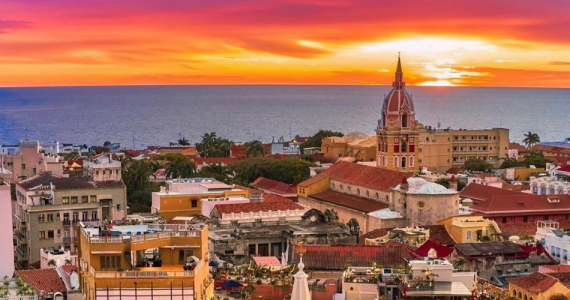Recently, you might have seen mainstream media coverage of what’s been dubbed the “millennial lifestyle subsidy.” Over the past decades, innovative startups like Uber, Airbnb, Twitter, Netflix, and others have built huge user bases by providing deeply discounted services. These companies and others have continuously raised significant capital to scale up and grow their market share. With that capital, they’ve been able to endure years of losses as they’ve continued to undercut traditional service providers.
If you’ve followed these companies, you’re probably familiar with the term burn rate, which is the rate at which these startups burn through cash to scale. Uber alone burned through a whopping $23.4 billion in free cash flow between the start of 2018 and the end of 2019. That’s cash that has subsidized the true cost of all those discounted rides.

Alas, for its beneficiaries, however, this subsidy is being drawn down. Tightness in the labor market challenges elsewhere in the economy from supply chains, inflation, and other exogenous factors have ended the previous willingness of investors to bankroll these enterprises indefinitely in the hope that one of them would really take off. As Thompson puts it, until recently, the best way for a start-up to make money from venture capitalists was to lose money acquiring a gazillion customers.
Examples of the end of the Millennial subsidy
Some of these companies have been tightening their belts for years. But the pandemic seems to have emptied what was left of the bargain bin. According to Rakuten Intelligence, the average Uber and Lyft ride costs 40 percent more than it did a year ago, and food delivery apps like DoorDash and Grubhub have been steadily increasing their fees over the past year. The average daily rate of an Airbnb rental increased 35 percent in the first quarter of 2021, compared with the same quarter the year before, according to the company’s financial filings.

Part of what’s happening is that as demand for these services soars, companies that once had to compete for customers are now dealing with an overabundance of service providers. Uber and Lyft have been struggling with a driver shortage, and Airbnb rates reflect surging demand for summer getaways and a shortage of available listings.
Neuron Mobility, a company responsible for the orange e-scooters and e-bikes found in many Australian cities, doubled its monthly subscription price for some regions in February after an introductory period expired. Reports of massive surge price increases on Uber are growing more common, and the ridesharing company increased prices across the country in April after resisting doing so for years. Meal preparation company Marley Spoon upped its rates a month later.

Disruptive mattress firm Koala has raised prices too in recent years, even though it has sent much of its production to China. Milkrun, the rapid grocery delivery service, charges for deliveries under $30 after launching without a fee. Across the whole start-up space, the deep discounts and freebies that once lured people into new consumer goods are less common.
Many of the world’s most popular service companies can simply no longer afford to operate with free or deeply discounted pricing models. And that is a challenge not just for consumers but also for businesses. Plenty of overcapitalized B2B startups with expensive business models have burned through cash trying to scale, failed to make a profit, and imploded. While its doors are still open, WeWork is a prime example. Others, like Cloudmine and AudienceScience, weren’t so lucky.




